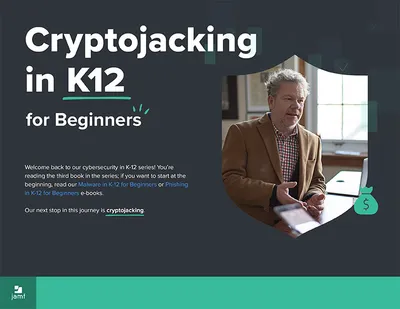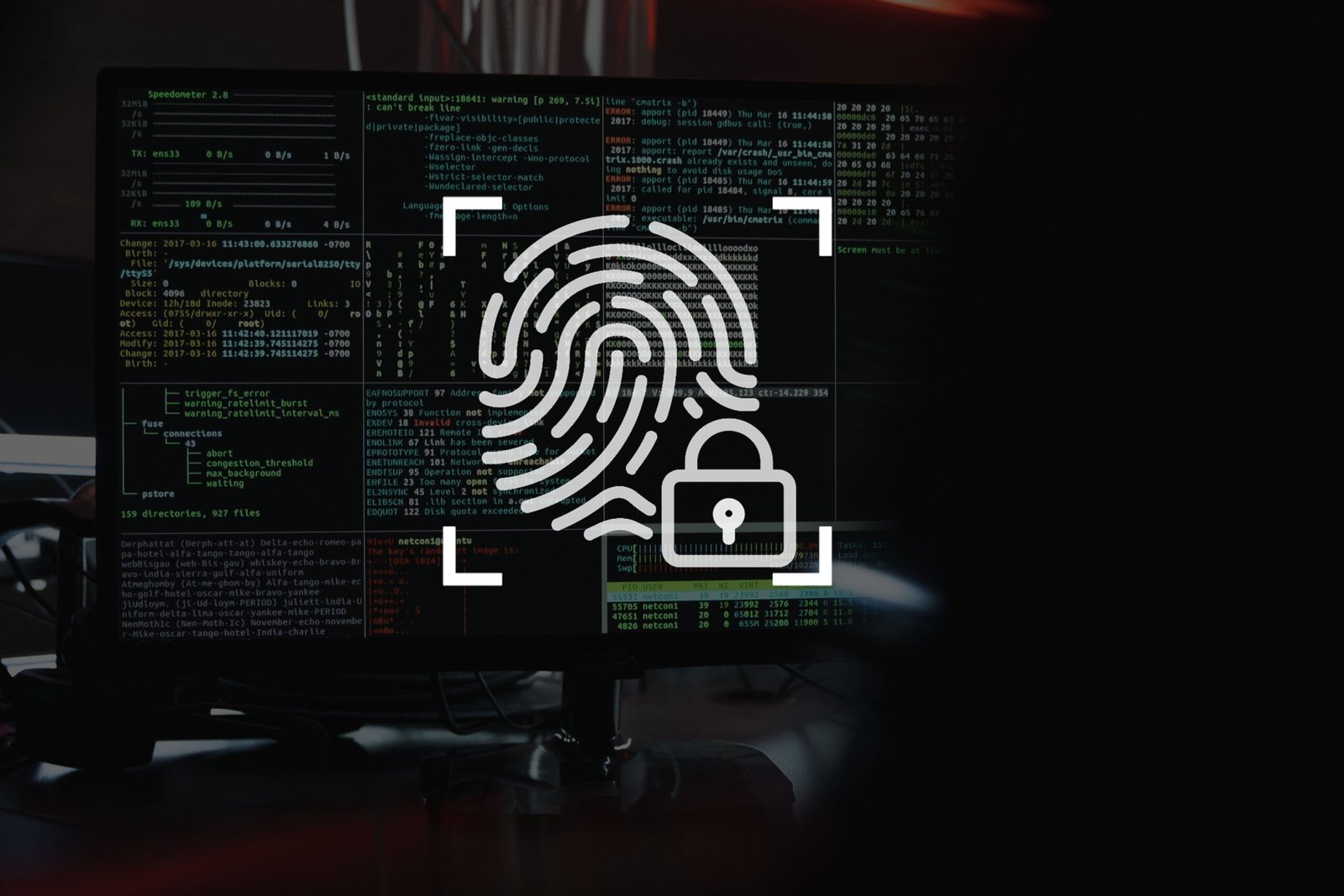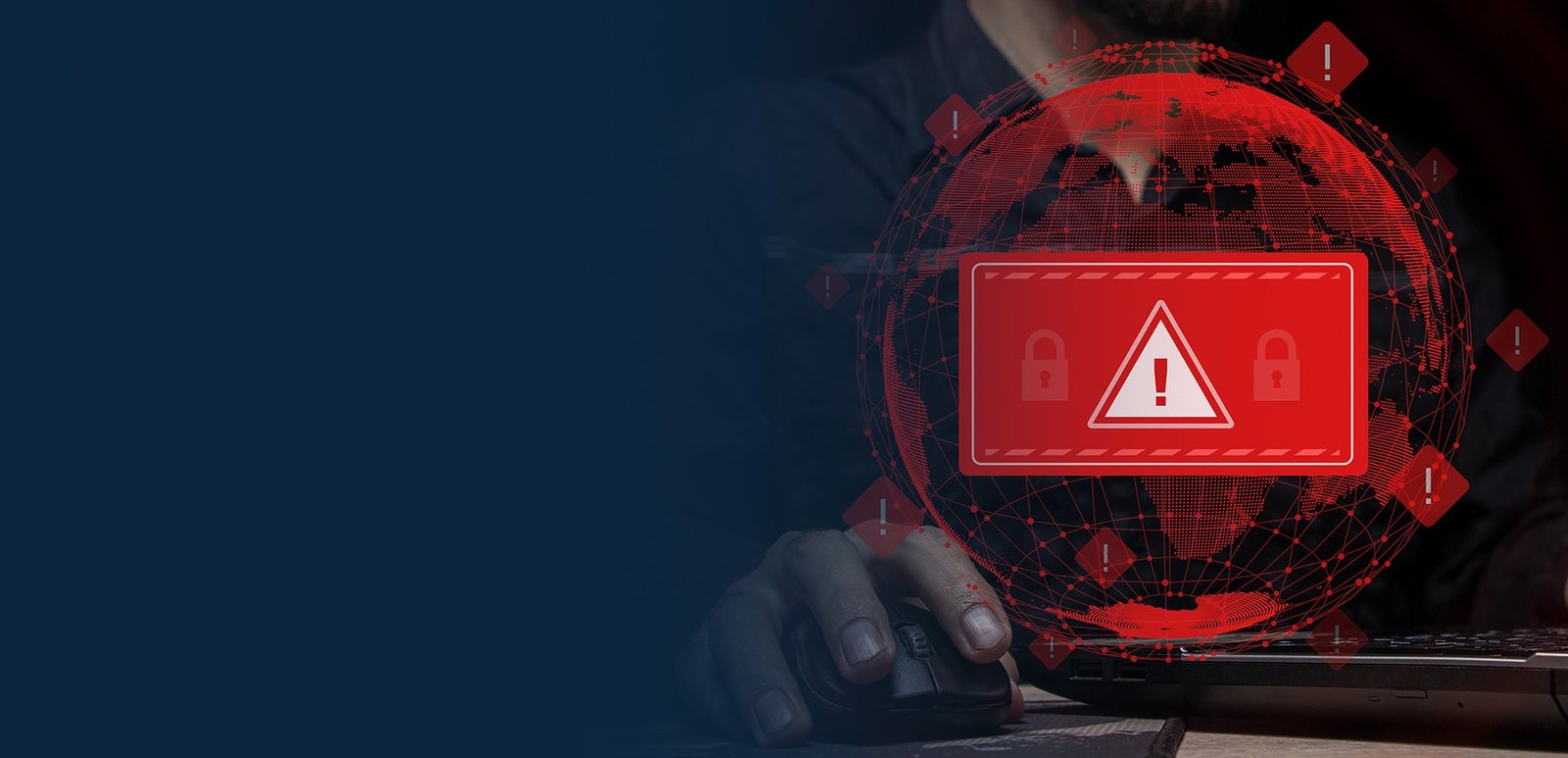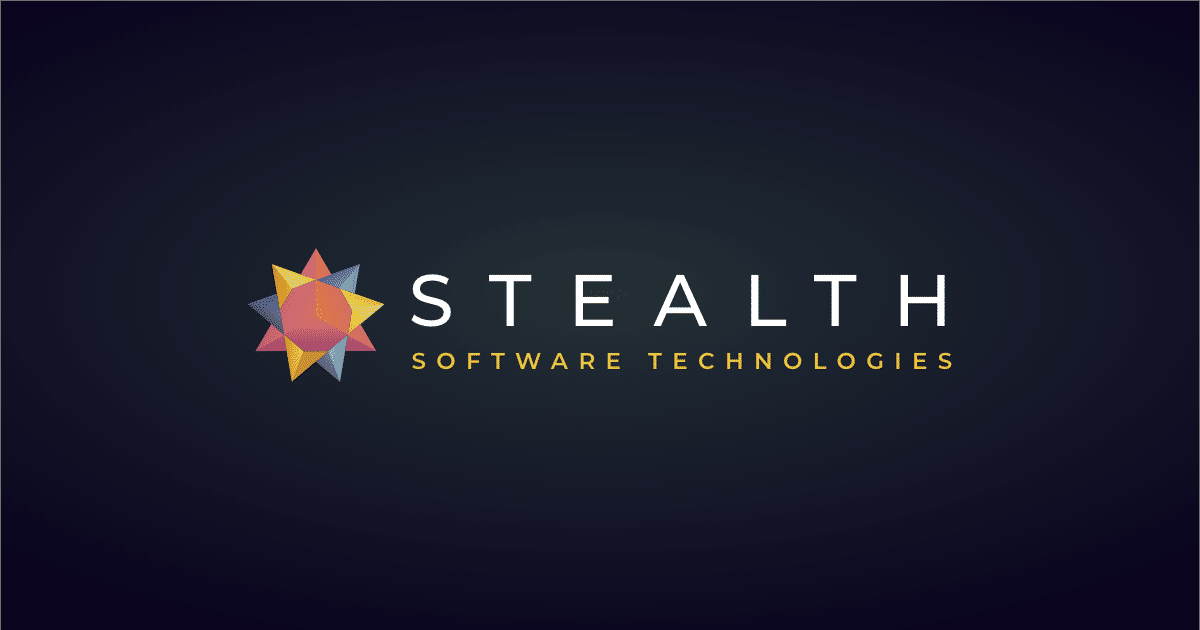Stealth software development is gaining attention in tech circles. It’s a unique approach to creating software.
Imagine developing a project with utmost secrecy. This method ensures that ideas remain under wraps until ready to launch. It helps developers protect their innovative concepts from competitors. Stealth development can be a strategic game plan in the fast-paced tech world.
In this blog, we explore why some companies choose this path. We’ll look at the benefits and challenges of keeping software development hidden. Understanding this approach can offer insights into tech strategies. Dive in to learn how stealth development might impact the future of software creation. Discover its potential to safeguard ideas while navigating market dynamics.

Credit: www.linkedin.com
The Rise Of Stealth Development
In recent years, the tech industry has witnessed a fascinating trend: the rise of stealth software development. This secretive approach to creating software is reshaping how companies innovate and operate. Imagine working on a project that few outside your team know about. This is the reality for many developers engaged in stealth development, where confidentiality is key, and surprises abound. Curious about why this trend is gaining momentum and how it might impact you?
Emergence In Tech Industry
Stealth development is gaining popularity in the tech world. Companies use it to protect intellectual property and maintain a competitive edge. By keeping projects under wraps, they prevent competitors from copying ideas and launching similar products.
Startups often favor stealth mode. It allows them to refine their products without public scrutiny. You might have encountered products that appeared seemingly out of nowhere, only to realize they were years in the making.
Consider your favorite app or tool. It may have been developed in stealth mode. Developers worked in silence, perfecting every feature before the big reveal. This strategy can lead to a more polished final product.
Impacts On Traditional Models
Stealth development challenges traditional software development models. Conventional approaches often involve public beta testing and constant feedback loops. Stealth mode, however, limits external input, focusing on internal expertise.
By reducing external distractions, teams can concentrate on innovation. Could this lead to faster development cycles and breakthrough technologies? The answer might surprise you.
Yet, stealth development isn’t without its drawbacks. Lack of user feedback can lead to products that miss the mark. Balancing secrecy with user insight becomes critical. How do you think companies can achieve this balance?
As stealth software development continues to rise, it’s essential to consider its impact. Whether you’re a developer or a tech enthusiast, understanding this trend is crucial. It might even inspire you to rethink how you approach projects in your own field.
Key Features Of Stealth Projects
Stealth software development projects are unique in many ways. They require a distinct approach compared to regular projects. The key features of stealth projects make them stand out. These projects focus on secrecy, adaptability, and efficiency. Each feature plays a vital role in the project’s success.
Secrecy And Confidentiality
Secrecy is a cornerstone of stealth projects. Only essential team members know the full details. This limits information leaks and maintains focus. Confidentiality agreements are often mandatory. They protect sensitive data from reaching competitors. Keeping the project under wraps ensures a competitive edge. It also reduces external pressures and distractions.
Agile And Adaptive Strategies
Agility is crucial for stealth projects. The environment can change rapidly. Projects must adapt to new information or challenges. Agile methods allow teams to respond quickly. Regular updates and feedback loops are essential. They ensure the project remains on track. Adaptive strategies help teams pivot when needed. They maintain progress and prevent stagnation.
Innovative Techniques In Stealth Development
Stealth software development is like crafting a masterpiece in secret. It’s about creating high-impact solutions while flying under the radar. This approach not only shields your work from competitors but also gives you the freedom to innovate without external pressures.
Have you ever wondered how some companies manage to surprise the market with groundbreaking software solutions? The secret often lies in the innovative techniques they employ during stealth development. Let’s dive into some of these cutting-edge strategies that can help you stay ahead in the tech game.
Leveraging Cutting-edge Technologies
In stealth development, embracing the latest technologies is crucial. Think of artificial intelligence and machine learning as your secret weapons. They can automate mundane tasks and provide insights that would take humans weeks to uncover.
Consider blockchain technology. It offers a secure way to manage data, keeping your project confidential. Have you tried using cloud computing for flexible and scalable development? It allows you to test new ideas quickly without investing heavily in infrastructure.
By incorporating these technologies, you can maintain a competitive edge. Are you ready to experiment with these tools in your next project?
Rapid Prototyping And Iteration
Speed is of the essence in stealth development. Rapid prototyping allows you to create a working model quickly. It’s like sketching your ideas on a digital canvas, giving you a tangible version to tweak and improve.
Have you ever had a brilliant idea, only to find it doesn’t work as expected? Iteration is your friend here. By refining your prototype based on real feedback, you can ensure your final product is polished and market-ready.
Using agile methodologies can streamline this process. Have you considered how short development cycles can lead to faster improvements? This approach keeps your project dynamic and aligned with user needs.
Stealth development isn’t just about keeping a low profile. It’s about using innovative techniques to create something extraordinary. Are you ready to harness these strategies for your next big project?

Credit: stealthstartupspy.substack.com
Challenges In Stealth Development
Stealth software development is an intriguing field, filled with unique challenges that can make or break a project. The demand for secrecy can often clash with the need for collaboration, while managing resources efficiently becomes a tightrope walk. How can you navigate these waters successfully? Let’s dive into the specific hurdles you might face and explore practical solutions.
Balancing Secrecy With Collaboration
Keeping a project under wraps doesn’t mean working in isolation. You need a team that understands your vision and can execute it without leaking information. Communication tools and protocols must be secure yet efficient.
Consider using encrypted messaging apps or secure collaboration platforms. These tools help maintain confidentiality while enabling team interaction. But remember, over-restrictive measures can stifle creativity. How do you strike the right balance?
Think about involving trusted team members in decision-making processes. Encourage open dialogues in secure settings to foster trust without compromising on secrecy.
Resource Allocation And Management
Resource management in stealth development can be challenging. You need to allocate resources wisely while keeping the project invisible to outsiders. This requires strategic planning and foresight.
Identify critical tasks and assign them to key personnel. Use project management tools to track progress and budget allocation. These tools provide clarity and allow you to make informed decisions without drawing attention.
Reflect on past experiences where resource misallocation led to setbacks. Learn from those instances to optimize your current approach. How can you ensure that every resource is utilized effectively without exposing your project’s details?
Stealth development is not just about keeping secrets but about crafting a strategy that supports innovation and success. By addressing these challenges head-on, you can transform potential pitfalls into stepping stones. Are you ready to take your stealth project to the next level?
Success Stories Of Stealth Innovations
Stealth software development offers unique success stories through discreet innovation. Teams quietly create impactful solutions, focusing on efficiency and adaptability. Quiet progress often leads to unexpected breakthroughs, surprising both clients and competitors.
### Success Stories of Stealth Innovations
In the world of stealth software development, surprises often lead to breakthroughs. Innovations born in secrecy often redefine industries. Let’s explore some success stories that showcase the power of stealth in crafting game-changing products and solutions.
###
Breakthrough Products And Solutions
Stealth development has given rise to groundbreaking products that caught the industry by surprise. Take, for example, the unexpected launch of a new app that revolutionized personal finance management. Its creators worked quietly for years, avoiding the noise of the tech world, and launched a product that quickly became a favorite among users for its simplicity and powerful features.
Another success story involves a healthcare software that improved patient data management. Developed in stealth, it seamlessly integrated with existing systems, offering enhanced privacy and faster access to patient records. This solution addressed real-world problems without the distraction of premature hype, proving the efficacy of stealth innovation.
What if your next big idea was developed under the radar, away from the prying eyes of competitors? Would it emerge as a leader, free from external pressures and expectations?
###
Influence On Market Dynamics
Stealth innovations often disrupt market dynamics by introducing elements that competitors did not anticipate. Consider a tech startup that quietly developed a cloud-based service, eventually dominating the market due to its unmatched speed and reliability. By staying under the radar, the company was able to refine its offering without fear of imitation or speculation.
The impact of stealth innovation is evident in the way it forces competitors to rethink their strategies. When a new, unexpected player enters the market with a superior product, established companies must quickly adapt. This ripple effect can lead to better products and services for consumers as companies strive to outdo each other.
Have you considered how a stealth approach might give you a competitive edge? Could it allow your ideas to mature without interference, leading to a stronger, more impactful market entry?
In the realm of stealth software development, the element of surprise can be a powerful tool. These success stories reveal how stealth innovations not only create breakthrough products but also influence market trends in unexpected ways.
The Role Of Leadership In Stealth Projects
Strong leadership guides stealth software development projects with a clear vision and decisive decision-making. Leaders ensure team alignment, manage risks effectively while maintain confidentiality. Their strategic direction fosters innovation, empowering teams to deliver impactful results without revealing too much to competitors.
In the world of stealth software development, leadership plays a critical role. Your ability to guide a project without drawing unnecessary attention can determine its success. The leaders in stealth projects must balance visionary thinking with the practicalities of managing risk and building trust within their teams.
Visionary Guidance And Risk Management
Leaders in stealth projects need to have a clear vision. This vision acts as a beacon, guiding the team through uncertainty. It’s not just about having a great idea but knowing how to realize it without exposing it prematurely.
Risk management is another crucial aspect. Leaders must anticipate potential pitfalls. They must also make strategic decisions to mitigate these risks while maintaining project momentum.
Have you considered how your decision-making process impacts the project’s secrecy? Effective leaders evaluate choices with the project’s stealth nature in mind. They carefully balance innovation and discretion.
Building Trust Within Teams
Trust within a team is essential for any project, but even more so in stealth projects. Team members must feel secure in their roles and confident in their colleagues’ abilities. This sense of security fosters an environment where innovative ideas can flourish without fear of leaks.
Open communication is key. Leaders should encourage transparency, even when working on secretive projects. This might sound paradoxical, but ensuring everyone is on the same page reduces misunderstandings and errors.
Personal experiences often highlight the importance of trust. Have you ever worked on a project where secrecy was paramount, but trust was lacking? Such situations often lead to stress and inefficiency. Building a strong foundation of trust can prevent these issues and enhance team performance.
In stealth software development, how you lead can make all the difference. Are you equipped to guide your team with vision and trust while managing the inherent risks of such projects?
Future Trends In Stealth Software Development
The future of stealth software development is bright and full of potential. New trends are shaping how developers approach this unique field. These trends will influence both technology and global innovation.
Emerging Technologies And Practices
Developers are using AI to enhance stealth software. AI helps in creating more sophisticated algorithms. These algorithms ensure better security and efficiency. Machine learning is another key player. It aids in predicting potential threats before they happen. Blockchain technology offers decentralized solutions. It provides a secure and transparent environment. Quantum computing is on the horizon. It promises to change the way we encrypt data. These technologies are setting new standards in stealth software development.
Impact On Global Innovation Landscape
Stealth software development is impacting global innovation. It offers new ways to secure digital assets. This is crucial for businesses worldwide. Industries are adopting stealth software for competitive advantage. From finance to healthcare, its influence is growing. Small businesses benefit from enhanced security features. This allows them to protect sensitive data. The global tech community is embracing these changes. Stealth software is shaping the future of digital innovation.

Credit: www.linkedin.com
Adopting Stealth Strategies In Your Organization
Adopting stealth software development enhances innovation by allowing teams to work discreetly on new ideas. This approach minimizes distractions and fosters creativity. It enables organizations to test concepts without external pressures, leading to more refined and innovative solutions.
Adopting stealth strategies in your organization can be a game-changer. These strategies can help you stay ahead of competitors by keeping key projects under wraps until the right moment. Imagine the surprise on your rivals’ faces when you unveil a product or service they’ve never even heard whispers about. Not only do these strategies protect your intellectual property, but they also allow you to innovate without the pressure of external scrutiny. But how do you actually implement these strategies effectively? Let’s dive deeper.
Steps For Implementation
To adopt stealth strategies, start by identifying which projects need this level of secrecy. Not every project requires it, so focus on those with high strategic value or that offer a unique market advantage.
Create a small, dedicated team who understand and respect the importance of confidentiality. Limit communication about these projects to only those who need to know.
Use secure communication channels and tools designed for privacy. For instance, encrypted messaging apps and secure file-sharing services can help protect sensitive information.
Regularly evaluate the project’s progress and decide when it’s time to transition from stealth mode to public launch. Timing is crucial, so plan your reveal to maximize impact.
Case Studies And Lessons Learned
Consider the story of a tech startup that developed a groundbreaking app in stealth mode. They kept their project secret by working in a secluded office and using code names for everything. When they finally launched, the app’s unique features caught the industry off guard, leading to a significant market share.
Another example comes from a healthcare company that used stealth strategies to develop a revolutionary medical device. By keeping the project secret, they avoided early patent disputes and competitive counteractions. The lesson here? Sometimes, secrecy isn’t just about surprise; it’s about protecting your innovation from external threats.
Have you ever thought about how your organization could benefit from stealth strategies? Evaluate your current projects and consider whether a cloak of secrecy could enhance your strategic advantage.
Frequently Asked Questions
Is Stealth Startup A Real Company?
Yes, Stealth Startup is a real company. It operates under confidentiality, often in its early stages, to maintain competitive advantage.
What Is A Stealth Software Company?
A stealth software company operates in secrecy, focusing on product development before announcing publicly. This strategy minimizes competition and media scrutiny. It allows the company to refine its offerings and build a competitive edge. Investors and partners are often engaged confidentially to support growth and innovation.
What Is Stealth Mode In Software?
Stealth mode in software means developing and testing without public awareness. Companies use it to protect sensitive information. This approach allows refinement before launch, minimizing competition insights and enhancing the final product. It is often used to create a competitive edge by maintaining secrecy during development.
What Is Secret Software Development?
Secret software development involves creating software without public disclosure. Companies use it to protect innovative ideas. It ensures competitive advantage and maintains confidentiality. This process often includes non-disclosure agreements and strict security measures. Secret development helps avoid premature exposure and potential theft of intellectual property.
Conclusion
Stealth software development embraces a quiet, focused approach. It prioritizes quality over noise. Teams work diligently, away from distractions. This method fosters creativity and precision. Developers find solutions without external pressures. It ensures projects stay on track, undisturbed by outside influences.
Adopting stealth techniques can lead to better software. Clear communication and strong collaboration remain vital. Remember, the goal is efficiency and excellence. Keep processes streamlined and objectives clear. Success often comes from working smart, not loud. Embrace the stealth approach for thoughtful, impactful results.
Consider stealth development for your next project. It’s worth exploring.







One response to “Stealth Software Development: Unveiling Hidden Innovations”
[…] to the world of enterprise software development, a field that is driving innovation in the corporate landscape. You might be wondering what it […]